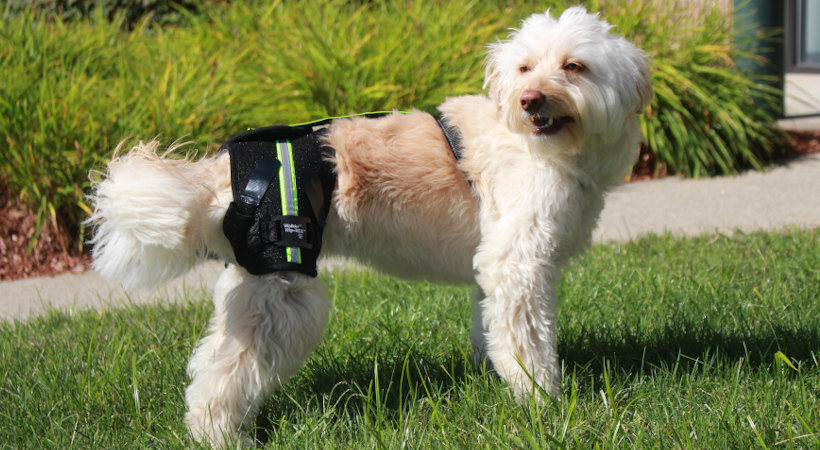As a pet parent, it's important to identify and prevent potential health issues in your furry friend. One of the most common problems dogs can face is hip dysplasia. It's a progressive degeneration of the hip joint that can cause pain and lameness in dogs. This condition is prevalent in large dog breeds such as German Shepherds, Golden Retrievers, and Labrador Retrievers. In this article, we'll delve into the causes, symptoms, and treatment of hip dysplasia in dogs.

Causes of Hip Dysplasia in Dogs
Hip dysplasia is a genetic disorder that can be passed down to puppies from their parents. While environmental factors like improper nutrition, overfeeding, and excessive exercise can exacerbate hip dysplasia, the primary cause of the condition is hereditary. The mutation responsible for hip dysplasia prevents the hips from developing correctly, leading to joint instability and chronic inflammation. Dogs with hip dysplasia usually experience joint laxity, which causes the ball and socket joint to rub against each other, causing a severe, degenerative condition over time.
Symptoms of Hip Dysplasia in Dogs
Hip dysplasia can present itself in different ways, but the most common signs to look out for include lameness, reluctance to move, and difficulty walking or climbing stairs. Your furry friend may also favor one leg over the other, and you might notice that their gait appears to be unusual. Another sign of hip dysplasia is a decrease in your dog's activity level or an unwillingness to engage in physical activity. In severe cases, you may even see a change in your dog’s personality as they become irritable or depressed because of the chronic pain they're experiencing.
Diagnosis and Treatment of Hip Dysplasia in Dogs
To diagnose hip dysplasia, your veterinarian will conduct a physical examination of your dog's hips by performing radiographs (X-rays) to assess the condition of your dog's joints. In most cases, the veterinarian will ask you to come back for a confirmation of the diagnosis once the dog reaches at least one year of age.
The treatment of hip dysplasia is based on the severity of the condition. For mild cases, joint supplements, exercise restrictions, weight management, and physical therapy can minimize pain and joint inflammation. Prescription medications, such as pain relievers, anti-inflammatory drugs, or corticosteroids, may also help manage hip dysplasia. In more serious cases, surgical intervention may be necessary. Surgical approaches range from minimally invasive procedures to full hip replacement surgery.
Preventing Hip Dysplasia in Dogs
The best way to prevent hip dysplasia in dogs is through responsible breeding practices. As a responsible pet owner, you should always research and purchase puppies from reputable breeders. You should also ensure that your dog is on a healthy diet and engages in physical activity that is not excessive. Regular exercise, a healthy diet, and routine check-ups with a veterinarian can all contribute to a healthy lifestyle for your furry friend.
Conclusion:
Hip dysplasia can be a painful and potentially debilitating condition that can have a significant impact on your furry friend's quality of life. Early recognition of the symptoms of hip dysplasia, combined with a proactive approach to treating them, can make a significant difference in managing this condition. Remember, prevention is always better than cure. Therefore, it is essential to work closely with your vet and follow their recommendations on how to care for your pup to lessen the risk of developing hip dysplasia.
 icons at the top right corner of the subsection.
icons at the top right corner of the subsection.